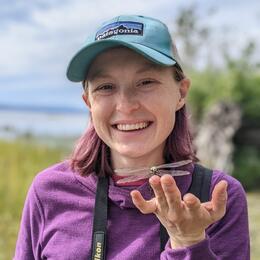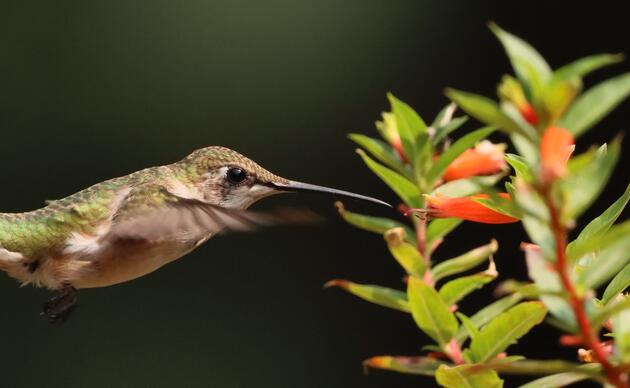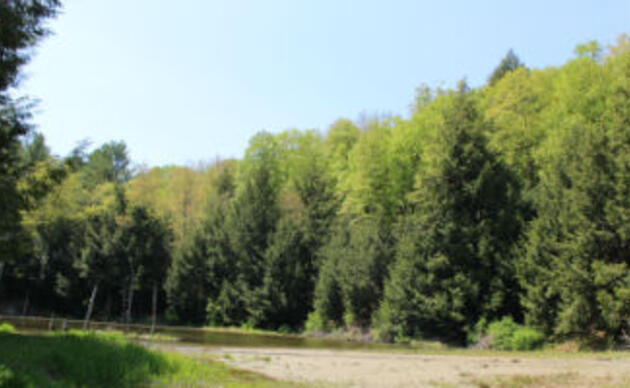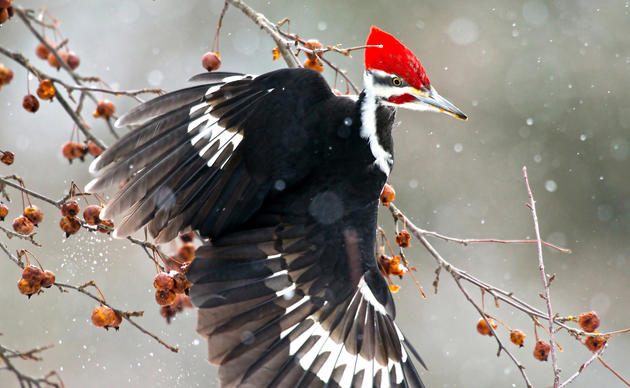Sugaring season is over, and spring is slowly blooming here at Audubon Vermont. This is the perfect time of year to study phenology. Phenology is the study of seasonal changes, like flowers blooming, trees leafing out, animals migrating. In the summer and winter these changes are not as noticeable, but in the spring, with the world coming back to life, there are so many changes to watch for.
To start our day, students created their own scavenger hunt of things that they expected to see this month as spring arrives. Students came up with things like fish, birdsong, buds, warmth, and rain.

After snack we split into groups and went for a walk around our trails. We are home to a phenology walk here at Audubon. There are marked plants on our trails where volunteers can use an app to record data on how the plants change through the year and from year to year. As we walked the trails we stopped and looked at the plants to see if the leaf buds were breaking or if plants were starting to grow up through the leaf litter and the snow. The only plant with significant growth was the elderberry, but hopefully the rest will start blooming in the next couple of weeks. If you are interested in learning more about becoming a phenology volunteer visit our website here: Phenology Walk at the Green Mountain Audubon Center | Audubon Vermont or email David at david.hewitt@audubon.org.
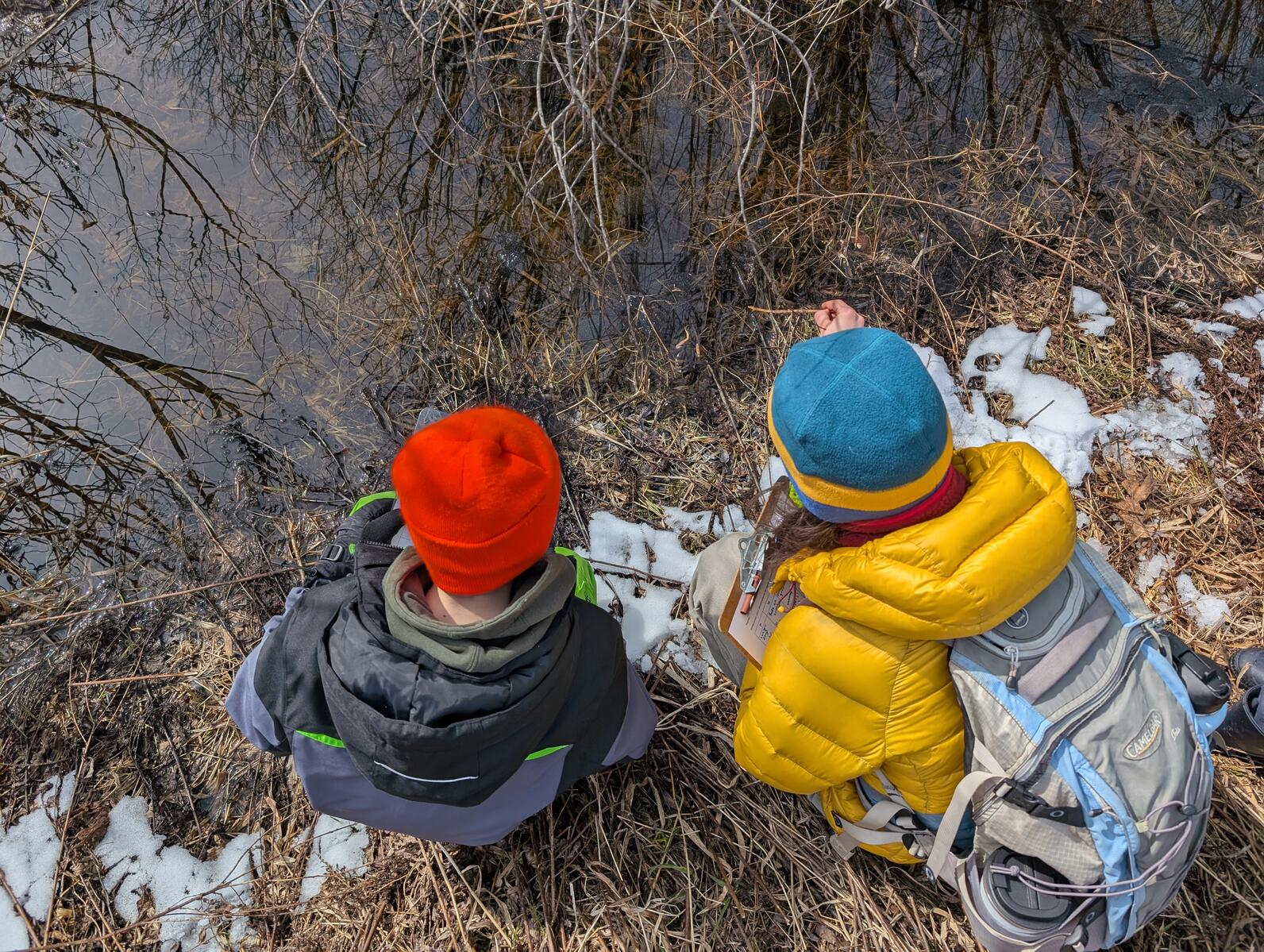
As we did our phenology walk, we also brought our scavenger hunts and checked off all the things we could find on them. We will pull these out next month to see what has changed around Audubon. Some cool highlights of our walk included, seeing frog eggs, frogs, and a newt at Peeper Pond, seeing goose tracks and geese at Beaver Pond, and seeing trout lily growing through the snow. We also found a few red-backed salamanders under logs.
During lunch we introduced and discussed the topics of climate change and caring for our planet through reading Little Land by Diana Sudyka. This beautifully illustrated book tells the story of the Earth and how it came to look like it does today. It encourages readers to find a small patch of land to care for. After reading the book we briefly discussed what climate change is and what causes it. Then we brainstormed ways in which climate change impacts us here in VT including wildfire smoke from Canada, intense flooding events, and a shorter maple sugaring season. Climate change is deeply connected to phenology because it is through observing seasonal changes that we notice how these changes are different from year to year.
After lunch we headed to Beaver Pond armed with scooping nets to search for critters. The pond was murky, but the kids quickly discovered that they could hatch many fish, newts, and tadpoles in the stream that comes out of the pond. The students dipped their nets in the water under the shade of hemlock trees. They explained that the shade is where the fish hid.
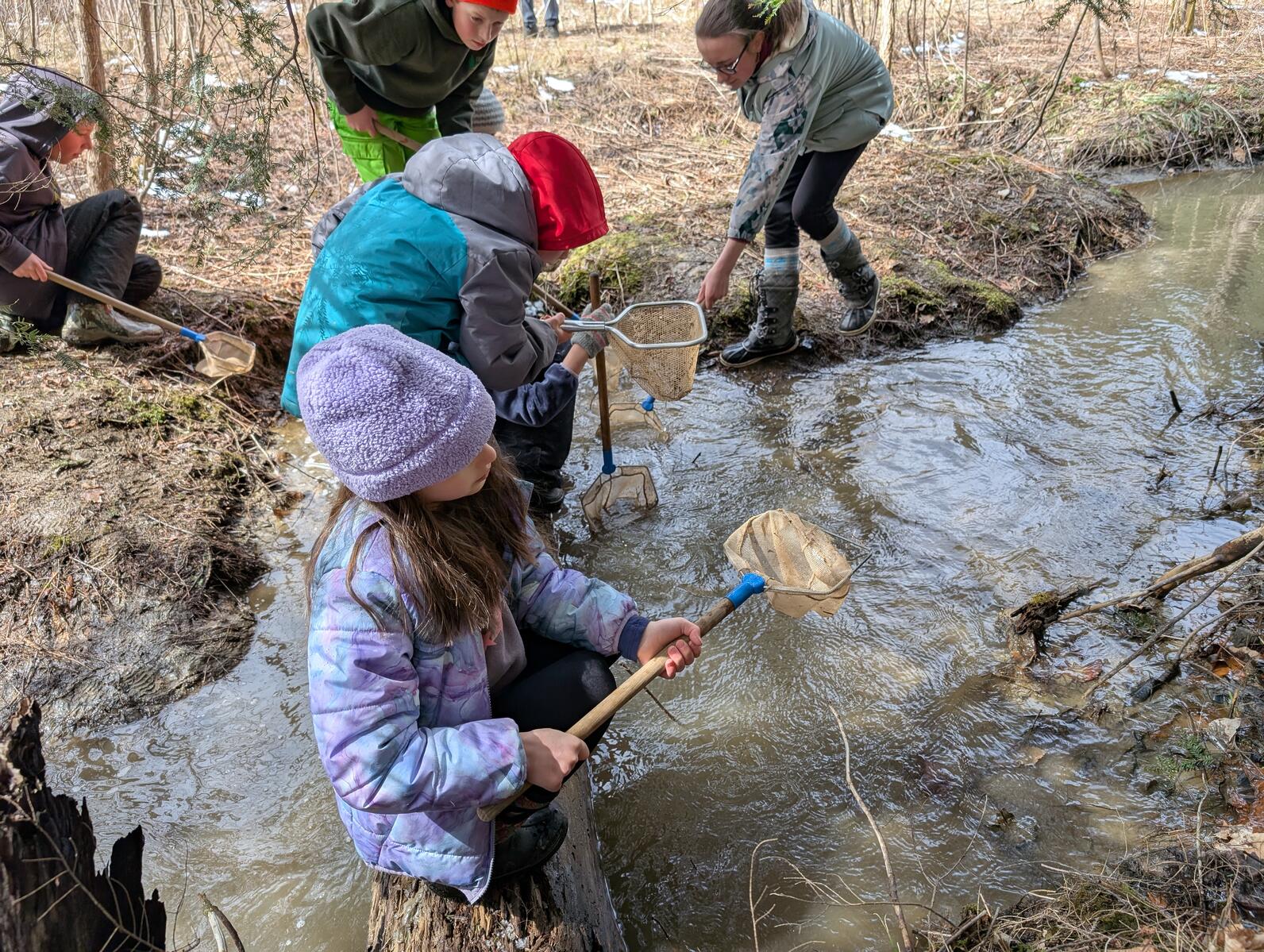
The most special moment was perhaps when we saw a muskrat swimming around the pond. It got so close to us that we thought that it might crawl up on to the land near us. Muskrats are medium-sized rodents that are smaller than but look similar to beavers. Like beavers they chew on bark and small trees. This gives them the nutrients necessary to get them through the winter until their other food sources including plant tubers, reeds, fish, and crayfish become readily available again. (Source: Naturally Curious with Mary Holland)
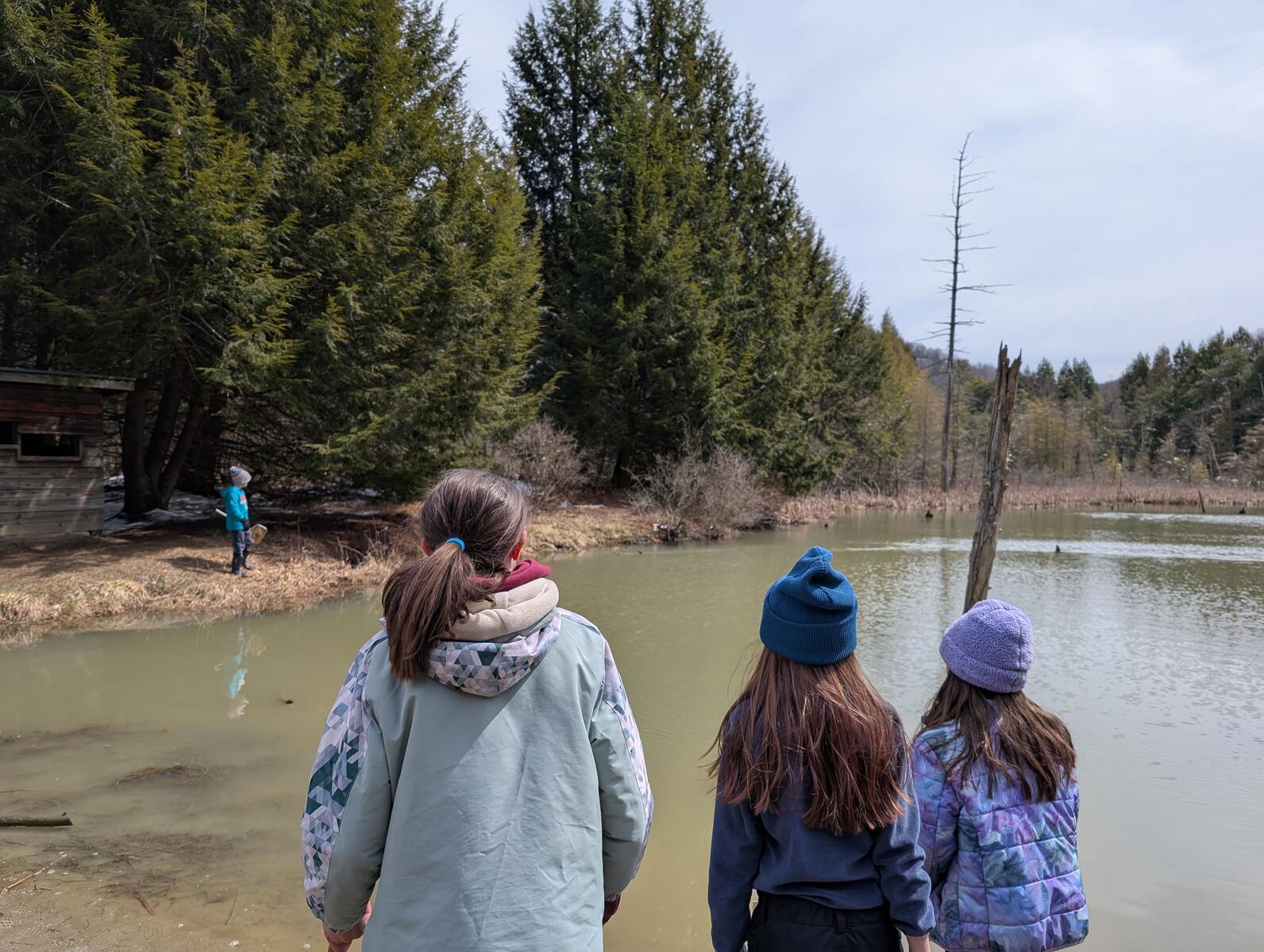
We saw a few eastern newts by the pond this month and expect to see more as the spring and summer continue. In April, on warm rainy nights, amphibians migrate from their wintering grounds in the forest to their breeding grounds in ponds and vernal pools. These migration events are referred to as “big nights”. Often this migration sends them across roads. Amphibians are small and slow and often need help crossing the road safely. People will go out on these big nights to busy migration locations with flashlights, and high-vis vests to count and help these critters cross the road. It is a fun opportunity to see these secretive animals up close and help with conservation efforts. To learn more about where to go and how to get involved visit Amphibian Conservation – North Branch Nature Center.

